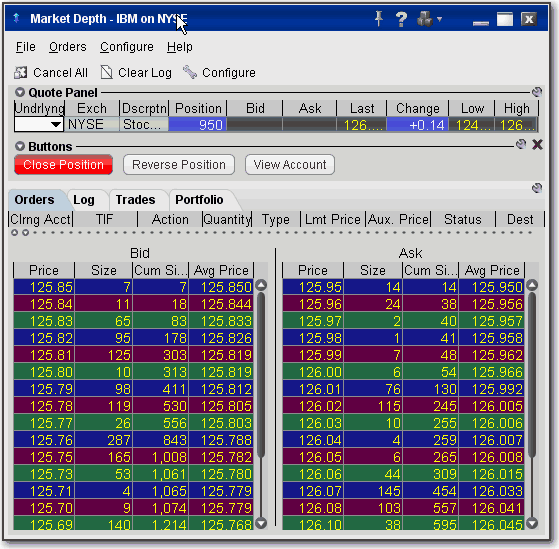Do the companies control the prices at which their stocks sell, raising the price as more stocks are sold? Or does the price automatically rise as more are bought, and then go down when they are sold? Or doesn't the number of sales have anything to do with it? Or...???
Also, can you always buy and sell stock when you want to? I had been of the opinion that you could just buy and sell whenever you want, or maybe whenever the market is open. But someone mentioned something about one of the dangers of penny stocks being that you can't always get rid of them when you want to. So can you not always buy and sell when you want? And if not, what places the restrictions?
Thank you for any help understanding these things!
David
Hi David,
This is a quaint notion, and one that every company would love, as their share price would only ever sky rocket and never fall! The answer to your question is supply and demand, as played out through trades executed on the exchange(s) that the company is listed on. That said, companies will constantly try and influence the price, and big firms employ PR teams to big the company up to woo investors and thus shore up the price.
Yes and no. Again, it's a case of supply and demand. If you're trying to sell penny shares and there's no one who wants to buy them, you could find yourself stuck with them. That isn't going to happen with a major FTSE100 or S&P500 company but, even then, you might not get your trade filled at the exact price you ideally want. And if you're trying to short sell a stock, you'll be borrowing shares from your broker. If they haven't got any on their shelves - and can't get any anytime soon - then you won't be able to trade them. However, that doesn't happen very often and very rarely with the major, highly liquid companies.
Tim.
The price of a stock is determined by supply and demand. And the sale is often executed within tenths of a thousandths of a second after the order is placed.
You can see how much a stock is traded during the day if you look at the stock volume. They often list the current volume, today's volume (at the close of the day ) and yesterday's volume. It is often the same (basically) but an increase in volume often follows good news or bad. Or it could be a slow day due to a holiday etc...
There are many placed that illustrate trading volume but this is one resource....
This is the link for Tesla. Yesterday they had a trading volume of 5.7M shares.
http://finance.yahoo.com/q?s=tsla&ql=1
At 2pm NYC time, they have 5.6 M shares traded and there are 2 more hours remaining in the trading day.
And they are down 6.50. They are down because they recently sold 300k preordered Tesla 3 cars that will not begin delivery prior to the end of 2017. Analysts are saying that they can't build 300k cars of one model and that many will cancel their orders and that other manufacturers will have new electric cars out there by 2017 that will take their market share.
They also remarked that Tesla's PE ratio is like 225 which is extraordinarily high and it must come down to be in line with other companies that actually produce a profit, unlike Tesla. It also has a market cap of 34BN which is higher than many other companies with a stable, profitable income statement.
----
Penny stocks don't have the capital requirements to be listed on major exchanges so they are listed in the 'Pink Sheets' or the BB online.
They are thinly traded, a lot of investors don't pursue them. It is not unusual to look at a penny stock and see that it has not traded in 1 hour or that no shares were even traded in a single day. If the market turns south or you lose interest it is not unrealistic to think that you may go to sell your stock and no one will be around to buy it. Unlike MSFT, AAPL or Tsla.
Example:
Liquidmetal: LQMT .13
Average volume 77k for an entire day. 1.3M already today and there are 2 hours left to trade.
Look at the spikes in the share price. Every other stock in the SP 500 will have subtle movements, these are sharp and sudden.
Beta of 1.43 which is high. Beta measures volatility. The higher it is, the more volatile. 1 is average. Below one is conservative and safe .......like Exxon ,90; or MSFT 1.06.
https://finance.yahoo.com/q?s=tsla&ql=1
